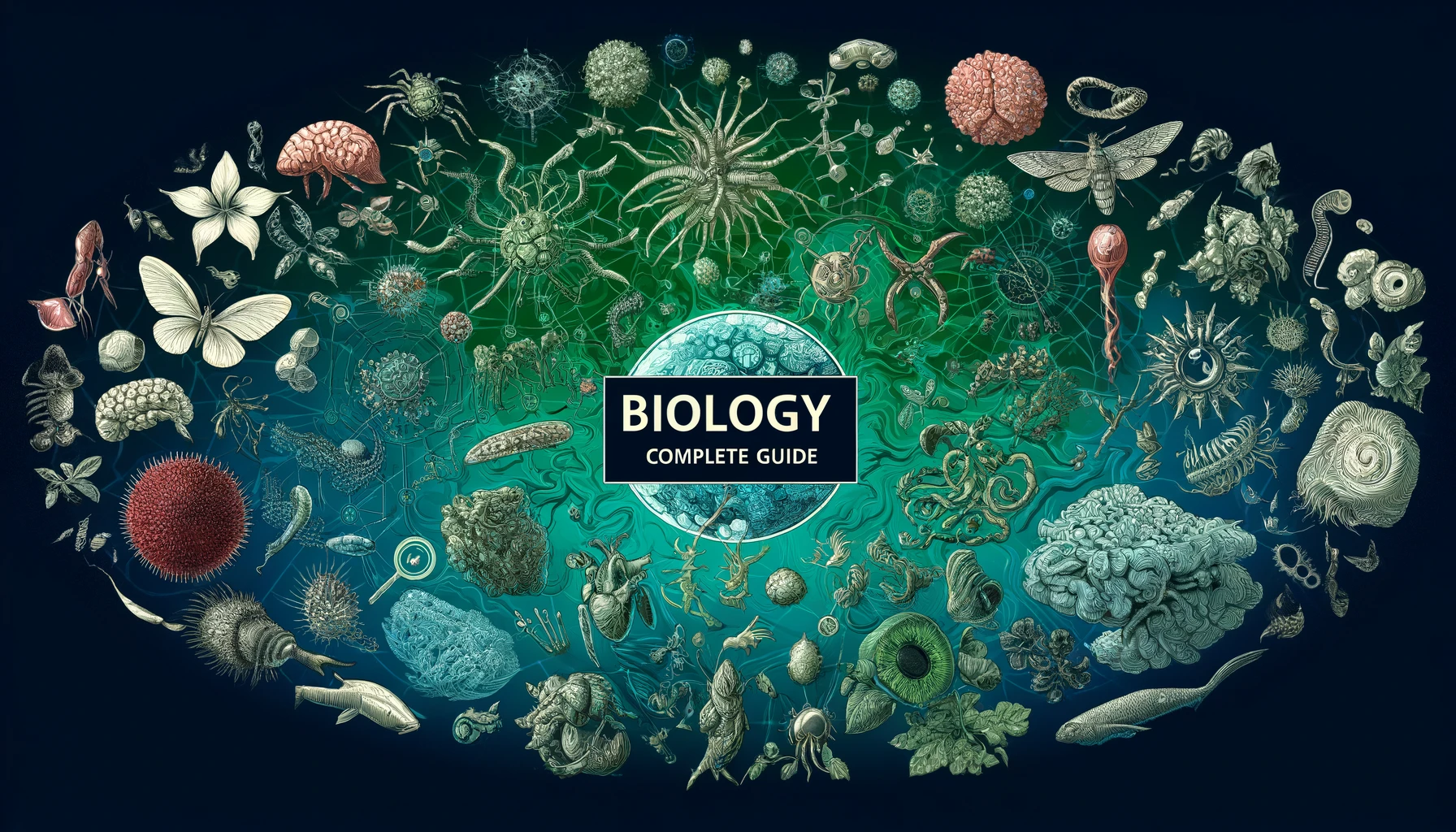RESPIRATION
The Importance of Energy
Energy is needed by humans for metabolic activities that are anabolic (building up) and other functions such as:
- Growth and cell division
- Protein synthesis
- Maintenance of body temperature
- Passage of nerve impulses
- Muscle contraction and movements
- Active transport
Respiration
Respiration is the chemical reactions in cells that break down nutrient molecules (glucose) to provide energy for metabolism using enzymes in cells. This is happening in each and every cell of the body, but not at the same rate. This happens in the mitochondria, also known as the powerhouse, of the cell. After energy is produced, it can also be stored as Adenosine Triphosphate (ATP).
Aerobic and Anaerobic Respiration
There are 2 forms of respiration:
- Aerobic Respiration is the chemical reactions in cells that use oxygen to break down glucose to provide energy for metabolism.
The equation for this form of respiration is:
Glucose + Oxygen → Carbon Dioxide + Water + Energy
C6H12O6 + 6O2 → 6CO2 + 6H2O + 38 ATP
- Anaerobic Respiration is the chemical reactions in cells that break down glucose to provide energy for metabolism, without using oxygen.
The equation for this form of respiration is:
In primitive bacteria and yeast:
Glucose → Ethanol + Carbon Dioxide + Energy
C6H12O6 → 2C2H5OH + 2CO2 + 2 ATP
OR
In humans:
Glucose → Lactic Acid + Energy
C6H12O6 → 2C3H6O3 + 2 ATP
In aerobic respiration, oxidation is complete and glucose is fully broken down, hence more energy is released. Where as in anaerobic respiration, oxidation is incomplete and glucose is partially broken down, hence lesser energy is released.
Anaerobic respiration releases a toxic substance (lactic acid) than need to be excreted from the human body. Hence it cannot be a regular thing. So then why do we respire anaerobically?
This is because, when one is doing a hard exercise, the lungs can’t speed up like the heart does, and these 2 organs cannot supply the energy that one would need for the exercise and more energy is needed. This energy is provided by anaerobic respiration in the muscles. The drawbacks to this is that lactic acids can cause muscle fatigue and if they accumulate in large amounts, without being excreted, it can lead to fatigue or in the most extreme case, even death. Another drawback is that it produces very little energy per glucose molecule.
Oxygen Debt
When doing a heavy exercise, the muscles take energy from the body and will then repay the body back in oxygen. This oxygen will be used to break down or oxidise the lactic acid that has been produced. The amount of oxygen required to break down the lactic acid is known as the oxygen debt. This process begins after a heavy exercise is over and the body is recovering. During this time period, one breathes heavily to get as much oxygen is needed. The lungs are hence still working fast. The heart will also be beating fast, so that it can transport the lactic acid produced by anaerobic respiration to the liver or the kidneys. The lactic acid gets oxidised in the liver and very little in the kidneys and a substance known as pyruvate is produced.
Note: A fit person will respire aerobically for longer at the start and hence will have a shorter recovery time. Whereas an unfit person will respire aerobically for a short period of time before anaerobic respiration and hence will have a longer recovery time.
Detecting the Occurrence of Respiration
In the respiration equation:
C6H12O6 + 6O2 → 6CO2 + 6H2O + 38 ATP
it is important to note that enzymes are involved.
The occurrence of respiration can be tested by:
- Checking for the consumption of oxygen
- Using different temperature ranges to test the presence and working of enzymes
- Measuring energy release in the form of heat
- Testing for the presence of carbon dioxide
Testing for energy release in the form of heat!
The apparatus shown below can be set up. A vacuum or thermos flask is used along with cotton to prevent any heat loss. The temperature read on the thermometer must be kept constant before starting the experiment.

- After 2 days, the temperature in the experimental setup will increase. This is because heat energy is produced by the respiration of the germinating seeds.
- In the control setup, the temperature will remain constant at all times as the seeds are dead and will not respire.
- If there are decomposing bacteria present, the temperature could increase by a small amount due to the respiration of the bacteria, hence, a strong antiseptic is used to sterilize the seeds and make sure no bacteria are affecting the experiment.
- A week antiseptic may be used in the experimental setup to make it a perfect controlled variable. It must be week or mild so that it doesn’t damage the seed or any of its enzyme activities.
Proving the Usage of Oxygen

- From the equation of respiration, we know that the amount of CO2 used is equal to the amount of O2 used up which is 6 molecules.
- Hence, the coloured liquid will start moving towards the left as time goes by. This is because the CO2 will be absorbed by the KOH (aq).
- For a controlled setup, one can use sterilized boiled seeds.
Testing the involvement of enzymes by checking the effects of changing temperature
Using the same apparatus as above, with several repetitions at different temperatures will help prove the involvement of enzymes.
Testing the Release of CO2

- A pump pulls air from the right end. The air enters from the left end and the CO2 in the air is absorbed by KOH or Soda Lime so that only CO2 produced by a living organism is there.
- The air passes through limewater without turning it milky.
- Then the air, which contains oxygen passes through a flask with a living organism (maggots or seeds). Over here the living organism respires and it will release CO2.
- The CO2 will then turn the limewater in the next flask milky.
The experiment could use Hydrogen carbonate indicator instead of limewater. The colour of this solution is red, but will turn orange-yellow when CO2 is present in a high concentration (this case) or purple when CO2 is present in a low concentration.
To have a controlled setup, boiled and sterilized seeds or sterilized dead maggots can be used.
GAS EXCHANGE IN HUMANS
Gas Exchange
Living organisms need to be able to take in oxygen from the air and get rid of carbon dioxide. This swapping of O2for CO2 is known as gaseous/gas exchange and this occurs through a respiratory surface.
Humans need a very efficient gas exchange system as they are very active, warm blooded and require a lot of energy. The gas exchange system in humans consists of:
- A respiratory surface – membranes lining the alveoli in the lungs
- A set of tubes – allows air from outside into the respiratory system. Since it is branched its known as a bronchial tree.
- A blood supply (pulmonary artery and vein) – carries dissolved gases to and from the respiratory surface.
- A ventilation system (intercostal muscles and the diaphragm) – keeps a good flow of air over the respiratory surface.
Characteristics of a Respiratory Surface
| Property of Surface | Reason |
| Thin gas exchange surface | To increase rate of diffusion by decreasing diffusion distance |
| Layer of water on surface | So that oxygen is dissolved and then is taken in and so that cells don’t die |
| Air is well ventilated | Then a proper concentration gradient of O2 and CO2 are maintained. The CO2 produced by respiration dissolves in body fluids to form hydrogen carbonate ions and then is released later as a gas |
| Close to a blood supply | So, gases can be easily carried to and from cells |
| Large surface area | So that many molecules of gas can diffuse across the surface at the same time |

The Respiratory System

| Structure | Description |
| Larynx | Also known as voice box; when breathing out, vocal cords can be vibrated to produce sounds |
| Diaphragm | Muscle that separates thorax and abdomen |
| Trachea | C-shaped cartilaginous rings present to keep it always open and makes sure it doesn’t collapse |
| Bronchi | Branch from trachea in both lungs; has rings like trachea; three bronchi types per lung (primary, secondary and tertiary) |
| Bronchioles | Branch from bronchi leading to alveoli; no rings like bronchi and trachea; narrower than bronchi |
| Alveoli (respiratory surface) | Lined by membranes where gas exchange takes place; covered by capillaries |
| Rib | Protects heart and lungs |
| Intercostal Muscle | Muscles that control the movement of the rib allowing inhalation and exhalation |
Inside the Trachea

The Alveolus

Some of the features and facts about the alveoli are:
- A thin membrane separates the alveoli from the capillaries so that diffusion distance is shorter
- CO2 concentration is always higher in the RBCs compared to the alveolus and O2 concentration is lower in the RBCs compared to the alveolus.
- When oxygen is in short supply in the air, such as in high altitudes, the right ventricle works very hard and could beat so powerfully that plasma could leak into the alveoli. This would stop gas exchange and could lead to death. A person who suffered from this pulmonary edema is said to have “drowned in his own blood.”
Breathing Ventilates the Lungs
Breathing is the set of muscular movements that gives the respiratory surface a constant supply of fresh air. This helps maintain the required concentration gradient of O2 and CO2 for gas exchange.
The 2 muscles that help in inhalation and exhalation are the diaphragm and the intercostal muscles. There are 2 sets of intercostal muscles, which are the external and internal intercostal muscles. They are an antagonistic pairas they do opposite actions (when one contracts the other relaxes and visa-versa).
Inhalation

Exhalation

The vertebrae of the backbone is an important part as the ribs pivot on these.
The pleural membrane and pleural fluid are sticky and slippery enough as well to reduce any friction during breathing movements.

Composition of Inhaled and Exhaled Air
| Inspired (Inhaled) Air | Component of Air | Expired (Exhaled) Air | Reason |
| 21 | O2(%) | 18 | O2 diffuses from air to the blood |
| 0.05 | CO2(%) | 3 | CO2 diffuses from the blood to the air (it’s a biproduct of respiration) |
| 78 | N2(%) | 78 | Not used in the body in its inactive, gaseous state |
| Vary Variable | Water Vapour(%) | Saturated | Water evaporates from the moist lung surfaces |
| Vary Variable | Temperature (°C) | 37 | 37° C is the body temperature and every exhalation, heat is lost to the air from lung surfaces |
The Medulla Oblongata
The medulla oblongata is the back and bottom part of the brain that handles many involuntary actions including heartbeat, breathing and peristalsis.
It monitors the amount of CO2 in the blood and if the CO2 levels are detected to be higher than normal, it will signal and instruct the lungs and heart to work faster to get rid of the excess CO2.






